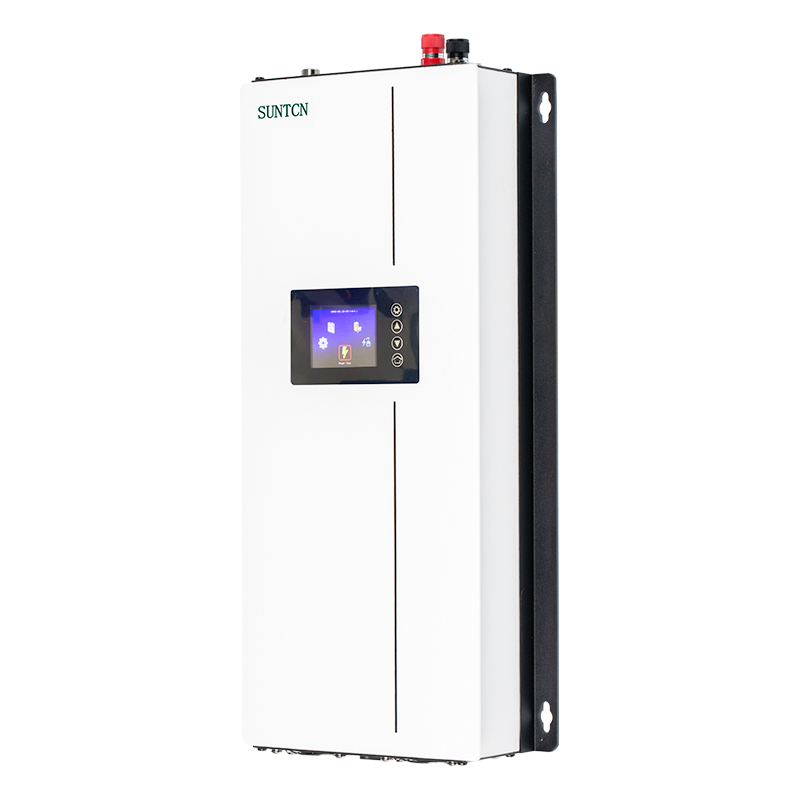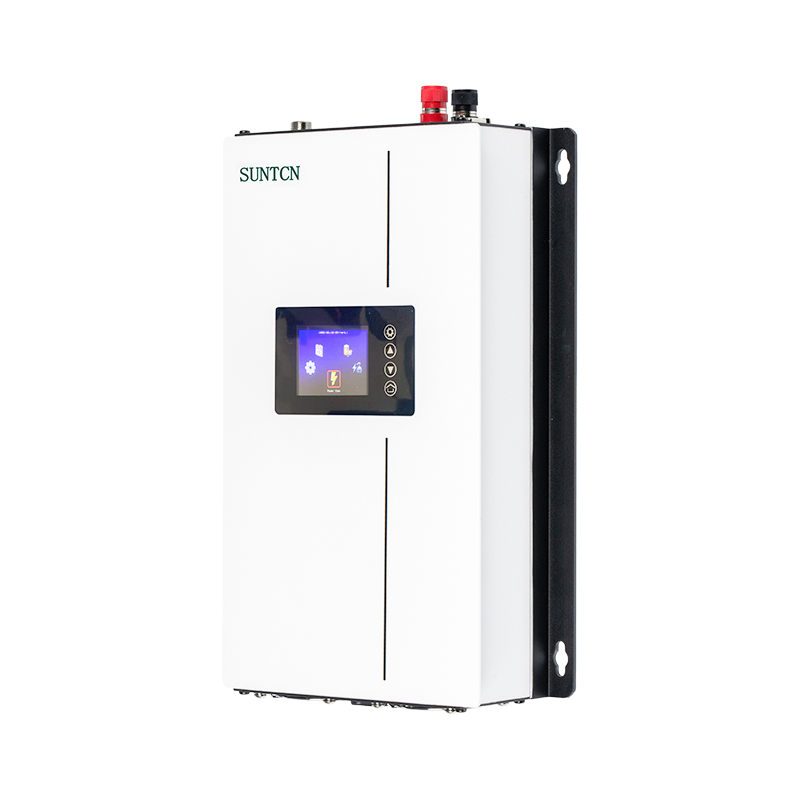The rise of solar energy has revolutionized the way we produce and consume electricity. As more homeowners and businesses turn to solar power to meet their energy needs, solar grid tie inverters play a crucial role in ensuring the smooth integration of solar energy systems into the grid. These inverters not only help convert the solar power generated by photovoltaic (PV) panels into usable electricity but also ensure that this energy can be safely fed into the grid.
A solar grid tie inverter, also known as a grid-connected inverter, is an essential component of any solar power system that connects to the electrical grid. It is responsible for converting the direct current (DC) electricity produced by solar panels into alternating current (AC) electricity, which is compatible with the power grid and can be used to power homes and businesses.
Unlike off-grid solar inverters, which are designed for standalone systems, grid tie inverters are designed to synchronize the output from the solar panels with the grid’s voltage and frequency. This ensures that the electricity generated by the solar panels can be fed into the grid safely, without causing disruptions or damage to the infrastructure.

Solar panels produce DC electricity, home appliances and the electrical grid operate on AC power. The solar grid tie inverter converts the DC power from the panels into AC power that can be used in homes and businesses.
The inverter continuously monitors the grid’s voltage and frequency to ensure that the energy produced by the solar system matches the grid’s parameters. This synchronization allows the solar power to flow seamlessly into the grid without causing fluctuations or surges that could damage the grid or other electrical devices.
A solar grid tie inverter also manages the flow of power from the solar panels to the home or business. If the solar panels generate more electricity than is needed, the excess power is fed into the grid. Conversely, if the solar system does not generate enough power (e.g., during cloudy days or at night), the home or business can draw electricity from the grid to meet its needs.
Many modern solar grid tie inverters come with built-in monitoring systems, which allow users to track their solar system's performance in real time. These systems provide data on energy production, consumption, and efficiency, helping users optimize their solar energy usage.
Solar grid tie inverters enable homeowners and businesses to reduce their energy bills by generating their own electricity. By feeding excess energy back into the grid, users may even receive credits or payments from their utility company through net metering, further reducing costs.
By using solar energy, individuals and businesses can significantly reduce their carbon footprint. Solar power is a clean, renewable energy source, and grid tie inverters make it possible to harness this energy in a way that integrates seamlessly with the grid, reducing reliance on fossil fuels.
Solar grid tie inverters allow users to become less reliant on the grid by producing their own electricity. While they are still connected to the grid for backup power, the amount of electricity drawn from the utility can be minimized, providing a level of energy independence.
Grid tie inverters are designed to operate efficiently and reliably over the long term. They are equipped with features such as overvoltage protection, temperature regulation, and built-in safety mechanisms to ensure that the solar energy system operates smoothly and safely.
Without a grid tie inverter, it would be impossible to connect a solar power system to the grid. The inverter ensures that the power generated by the solar panels is compatible with the grid, allowing homeowners and businesses to share excess electricity with the community.
Solar grid tie inverters optimize the energy production from solar panels. By adjusting the output based on the grid's requirements, the inverter maximizes the efficiency of the solar system, ensuring that energy is not wasted and that it meets the needs of the household or business.
Grid tie inverters are equipped with features to ensure that the power fed back into the grid is safe and within the grid's voltage and frequency parameters. They also comply with local utility and safety regulations, protecting both the solar system and the electrical grid from potential damage.

 English
English Español
Español Deutsch
Deutsch










